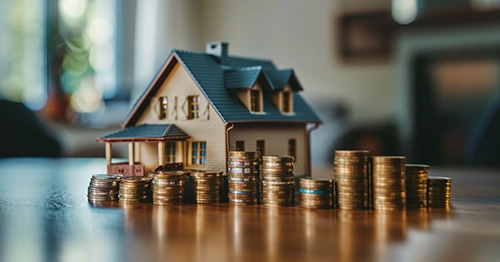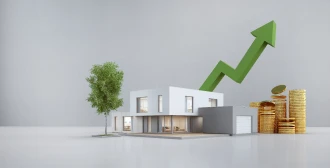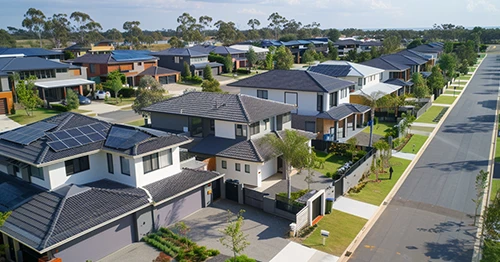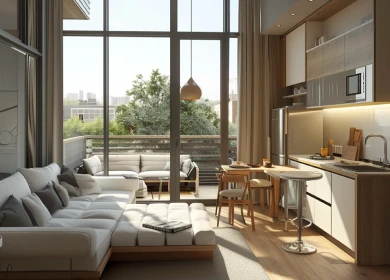Updated: 05 Dec, 2024
CoreLogic data shows house values rose 1.5% in September 2021. They are 20.3% higher over the past 12 months. While housing values had been rising at their fastest pace since 1989, the monthly rate of growth is losing steam. The market’s growth rate peaked in March 2021, when values increased at 2.8%.
Why Is Growth Slowing Down?
Australia’s housing market is experiencing slower growth because:
- First home buyers are priced out, as saving for a deposit is challenging. For example, Sydney’s median house value is $1.3 million. A home buyer would need $260,000 for a 20% deposit on a house selling for that much.
- There are fewer government incentives to help first-time buyers.
- Over the same period, first home buyers taking out an investment loan increased 45%. They are choosing rentvesting as a strategy to enter the property market.
What Happened To Australia’s Property Market In September?
- House values are rising faster than unit values. Hobart and Darwin are the only capital cities where unit values rose faster than house values over the past 12 months.
- Hobart’s unit values rose at 5.4%. Older people are looking to downsize and move to Hobart.
- Darwin’s unit values rose to 4.8%, but that is still the lowest of any capital city. There was an oversupply of units, which drove prices lower. Unit rents surged 20.3% higher over the year, which drove gross rental yields to 6.9%.
- Outside of the capital cities, the difference in growth between house values and unit values is less prominent. While the growth in capital cities was 12.3% in the 12 months to September, across regional Australia it was 1.9%. People are opting to downsize and are looking for holiday homes in coastal areas.
- The low advertised supply is placing upwards pressure on housing values. While the number of new listings increased from a low point in August, the strong rate of absorption means people are still buying.
- The number of home sales was 41.9% higher year-on-year at the end of September 2021. The auction clearance rate for the combined capitals was 80.5%, which was the highest since March 2021.
- Rental growth peaked in March at 3.2% and was 1.9% in September. The ease of overall rental growth is due to the slowdown in the growth of house rents. It has softened from 3.5% during the March quarter to 1.9% during the September quarter.
- Rental yields have reached new lows across most regions. The gross rental yield for combined capitals fell to 3% in September. Gross yields were 2.5% in Sydney and 2.8% in Melbourne. In contrast, rental yields across regional Australia were 4.4% higher. Only regional NSW and Victoria have yields below 4%.
- Low investor rates are encouraging people to buy, despite the low yields.
At Home Loan Experts, we have our finger on the pulse on what’s happening in the property market and the changing lending landscape. Call us on 1300 889 743 or enquire online and our mortgage brokers will help you buy a property.





